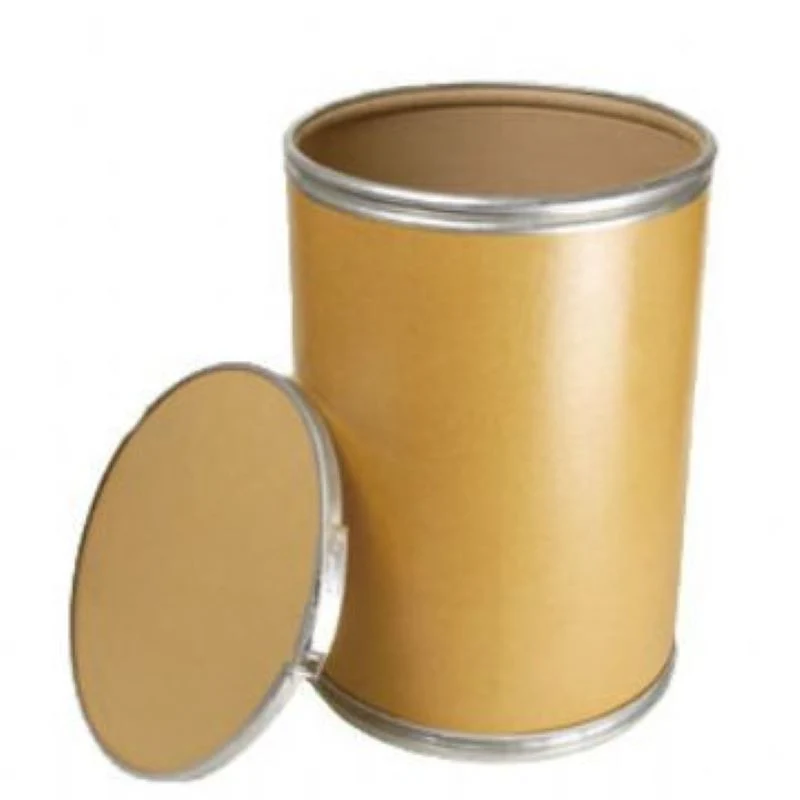Basic Info.
Model NO.
SF-EEC002
Mesh Size
80 Mesh
Transport Package
25kg/Paper Drum
Specification
Cichoric acid 1~4%
Trademark
Sunfull
Origin
China
HS Code
2938909090
Production Capacity
2000 Ton/Year
Product Description
Echinacea Extract

Latin Name Echinacea Purpurea or Echinacea angustifolia
Chinese Name Zi Zhuiju
Family Compositae
Part of the Plant Used Aerial part
Active Ingredients Polyphenol, chicoric acid
Product Specification
Polyphenols 4%
Cichoric acid 1~4%
Product Introduction
Echinacea is a perennial herb native to the North America. It has tall stems, bears single pink or purple flowers, and has a central cone that is usually purple or brown in color. The large cone is actually a seed head with sharp spines that resemble a stiff comb. Echinacea was used by North American Plains Indians, perhaps more than most other plants, for various herbal remedies. Echinacea was one of the basic antimicrobial herbs of Eclectic medicine in the mid 1800s through the early 1900s and its use was documented for snakebite and anthrax. In the 1930s "Echinacea" became popular in both Europe and America as a herbal medicine. It is a traditional herbal remedy for the symptomatic relief of colds, influenza type infections and similar upper respiratory tract conditions.
Physiological Functions
All Echinacea species have chemical compounds called phenols. The clinical experiments have proved that phenols compound effect can strengthen the immunity, especially at the early stage of catching cold or influenza. It plays wonderful effects on the patients. It can shorten the fit of the respiratory infection, relieving headache and nose inflammation.
Applications
Pharmaceutical stuff
Functional food and food additive



Latin Name Echinacea Purpurea or Echinacea angustifolia
Chinese Name Zi Zhuiju
Family Compositae
Part of the Plant Used Aerial part
Active Ingredients Polyphenol, chicoric acid
Product Specification
Polyphenols 4%
Cichoric acid 1~4%
Product Introduction
Echinacea is a perennial herb native to the North America. It has tall stems, bears single pink or purple flowers, and has a central cone that is usually purple or brown in color. The large cone is actually a seed head with sharp spines that resemble a stiff comb. Echinacea was used by North American Plains Indians, perhaps more than most other plants, for various herbal remedies. Echinacea was one of the basic antimicrobial herbs of Eclectic medicine in the mid 1800s through the early 1900s and its use was documented for snakebite and anthrax. In the 1930s "Echinacea" became popular in both Europe and America as a herbal medicine. It is a traditional herbal remedy for the symptomatic relief of colds, influenza type infections and similar upper respiratory tract conditions.
Physiological Functions
All Echinacea species have chemical compounds called phenols. The clinical experiments have proved that phenols compound effect can strengthen the immunity, especially at the early stage of catching cold or influenza. It plays wonderful effects on the patients. It can shorten the fit of the respiratory infection, relieving headache and nose inflammation.
Applications
Pharmaceutical stuff
Functional food and food additive
| Microbial | |||
| Total Plate Count | NMT 1,000cfu/g | Conforms | GB/T 4789.2 -2020 |
| Total Yeast & Mold | NMT 100cfu/g | Conforms | GB/T 4789.15-2020 |
| E. Coli | Negative | Conforms | GB/T 4789.3 -2020 |
| Salmonella | Negative | Conforms | GB/T 4789.4 -2020 |
| Packing & Storage | Pack in paper drum and two plastic bags inside. Net Weight: 25 kg/drum. Store in a well-closed container away from moisture. | ||


